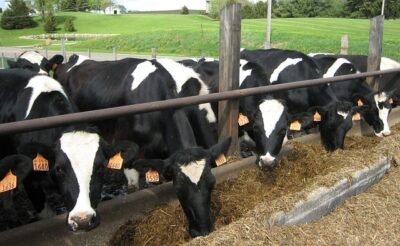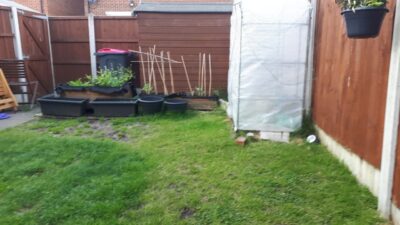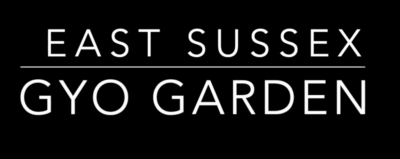Insects and Small Animals, Pest or Helpers?
In this Article...
Auxilliary insects and small animals, also called helpers, can improve crops even when they may commonly be known as pests.
As gardeners and farmers people have divided small animals and insects into two camps: helpers and pests. And from this unfolds the obvious thought that to protect our crops, pests have to be eliminated. But we need to remember that this is a very recent development. Before the 1930’s farmers grew crops to feed themselves and sell some of the surplus locally. The sudden and extreme population growth changed all this and the need for huge farmlands producing a single plant type (monoculture) became the norm. But miles and miles of fields with the same crop provided ideal feeding conditions for insect pests, which proliferated. Thus the need for chemical insecticide was created with all the damaging consequences we now know.
We need to go back to a different way of seeing our food growing endeavours.
Let’s start with the word pest: it’s very negative, indicative of illness and destruction. The word helpers on the contrary, indicates insects and small animals which want to protect our crops! The reality is not quite as black and white. These animals create, live in, and perpetuate a virtuous circle of biodiversity which is necessary for the garden. They are all useful.
For example, slugs and snails eat young plants. But slugs recycle, decompose and create organic matter which enriches the soil. They air and hydrate the soil with their mucus and earthworms love slug poo, which also attract hedgehogs and shrews!! Earthworms are essential for the life of the garden! Slugs and snails actually prefer decaying plants, thus regulating illnesses which could emerge from rotting matter. So…. helpers or pests???? If we naturally regulate the amount of slugs in our gardens, they prove to be more useful than not.
There are natural ways to discourage them from devouring your seedlings, like leaving decaying leaves next to the young plants or some bread soaked in water. They will eat that and ignore your plants.
Other insects have their natural enemies. Aphids are foodstuff for ladybugs, lacewings, ants and birds.
Birds eat slugs, snails, grubs, caterpillars and a variety of insects.
Hedgehogs and frogs eat beetles as well as all of the above.
The only problem is when there is an imbalance and some proliferate more than others, and that can be a real nuisance for our crops. So, what can we do? Well, prevention is better than cure. If you have even a little bit of space, try to plant a flowering meadow. It doesn’t have to be big to be effective. It will attract all sort of wildlife which tends to regulate itself. Sunflowers, nasturtiums and marigolds are all useful in the same way. These are often called sacrificial crops or trap crops.
So, really I believe we do need to rethink not only our attitude towards these animals but also our terminology and think of them as just animals or insects.
Cris Williams is a passionate garden grower in France. He teaches how to grow garden produce in the local community.



